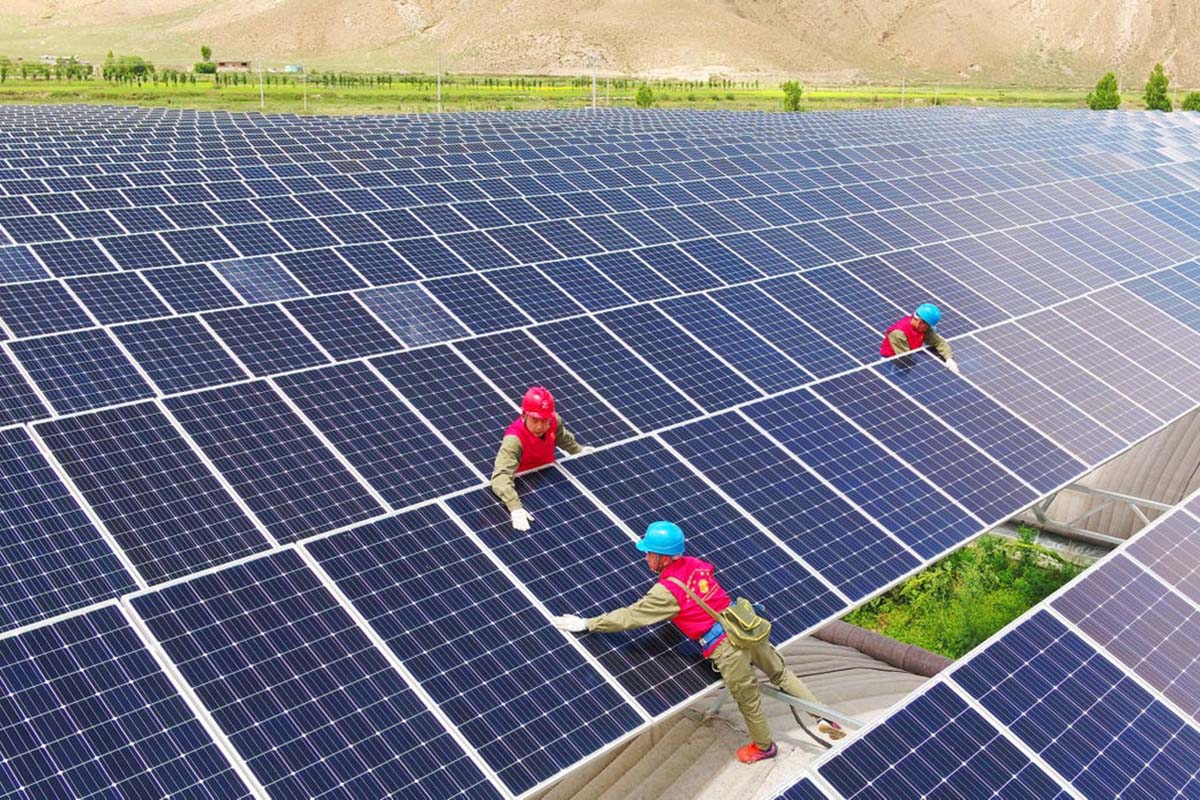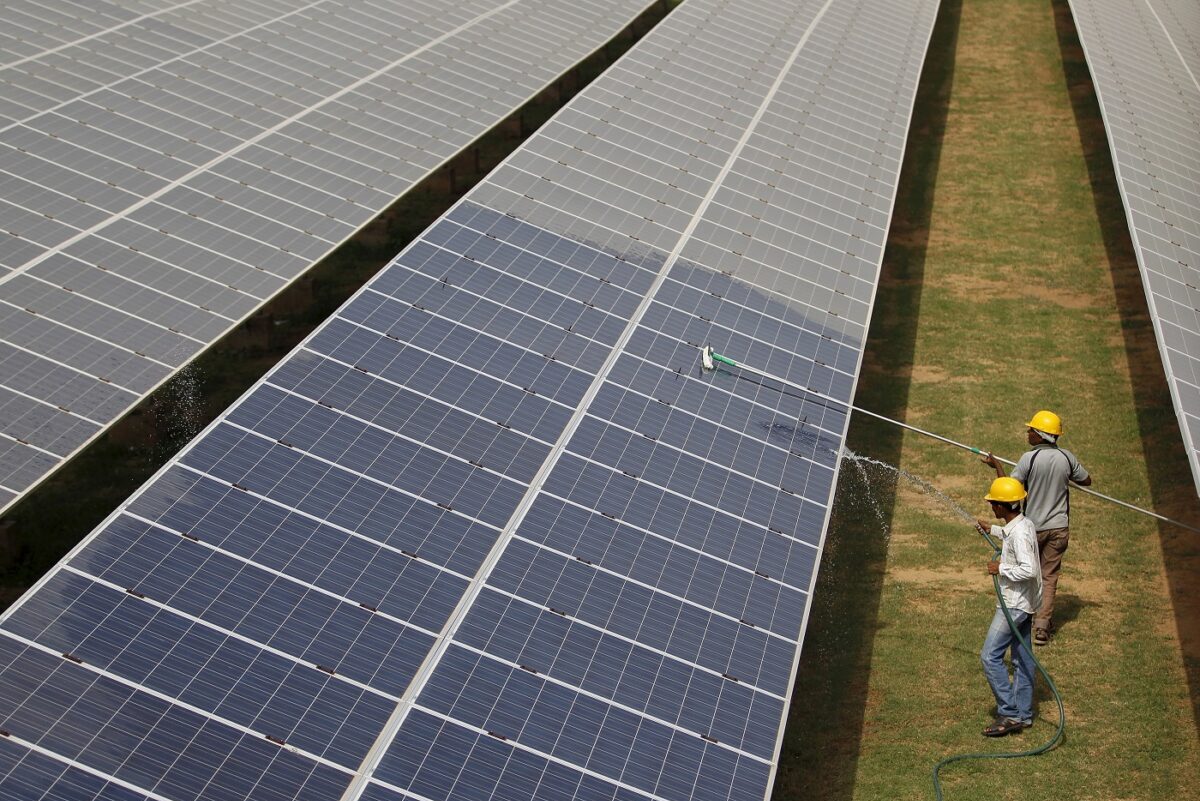The Transition to Green Energy in Heavy Industries

Our emissions dilemma is frequently framed in broad strokes, concentrating on the more visible carbon-intensive sectors of oil and gas extraction.
Whether intentionally or not, this fails to convey a whole picture of the conditions that have brought us to this point. Entire social institutions have been established on the premise of long-term growth via the usage of fossil fuels.
Furthermore, while renewables are now super competitive in terms of power generation, they cannot meet the demands of the production and commercial sectors. To maintain growth, humanity must expand, construct, and promote a business-friendly atmosphere.
This demands the construction of infrastructure such as buildings, energy grids, sewage systems, roads, and transportation networks, among other things. The point is that without the development of infrastructure, we hardly have access to advancement.

Surprisingly, steel manufacturing is one of the most polluting industries. Unfortunately, it is one of the single greatest contributors to total global emissions, accounting for around 7%.
Cement, like steel, is one of the unseen anchors. It accounts for around 8% of world emissions.
Another area that contributes is transportation. According to recent research, the transportation industry generates around 940 million tonnes of CO2 each year, accounting for approximately 2.5 percent of worldwide greenhouse gas emissions.
Experts feel that unless quick and effective emission reductions are implemented, the sector’s impact will worsen. For a field that already contributes 2.5 percent of GHG emissions, such an increase would significantly alter the sector’s impact on emissions.
